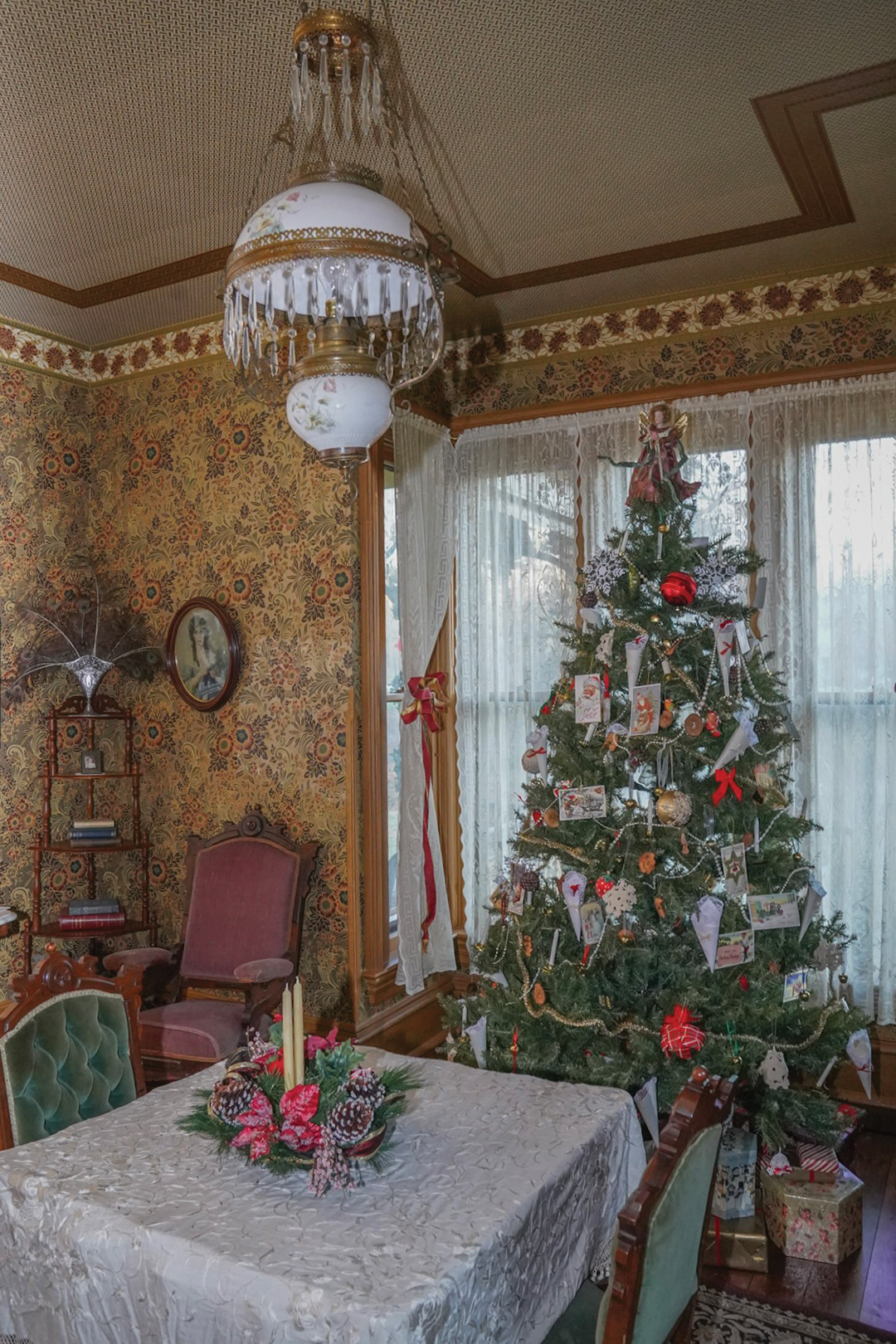
Bennett Myhran explores Wayzata’s Big Woods Preserve with his son, Corky. Photos: Bennett Myhran
Trees are some of Wayzata’s most important residents.
Consider the facts: It’s estimated that more than 40 million American elm trees, which once lined many a boulevard, have been killed by Dutch elm disease. In Minnesota, one in every five trees is an ash tree. All totaled, the state is said to have an ash population of over a billion, and the emerald ash borer has put every one of those trees at risk. Note: The Asian long horned beetle looms as the next invasive troublemaker. It feasts on hardwoods like maple and birch.
If those infestations weren’t reason enough for cities to hire arborists, they could be or maybe should be. Meet certified arborist Bennett Myhran, the City of Wayzata’s forester. He’s tasked with monitoring and planning the city’s tree population and the ornamental, perennial and annual gardens and answering tree- and plant-related questions coming from residents, developers (Wayzata recently passed a tree ordinance) and city staff.
Myhran has a lot of ground to cover, if you will, since Wayzata’s tree canopy cover stands at nearly 30 percent of its surface area. (The goal is 40 percent.) By comparison, Minneapolis’ tree canopy stands at only 4 percent.
The diversity of the canopy is important, and it’s reason number one why Wayzata is conducting a tree survey. “We want to understand how diverse our tree population is,” Myhran says. This information, in turn, will be used as the city replants its tree population. “The goal is to not have one genus of tree represent more than 20 percent of the population,” he says.
In its current state, Wayzata’s tree population numbers skew toward maples and oaks.
For future growth, what types of trees are the city planting? It depends. If it’s on a boulevard, where soil can be compact and there are sidewalks to be considered, Myhran says he likes shag bark hickory and ginkgoes. “Hickory roots don’t heave,” he says. “The ginkgo is also a good option. They’re a fossil species, meaning they’ve been around for millions of years. They’re slower growing, but slower growing equates to toughness.”

Ginkgo Tree
On a side note, Myhran considers the ginkgo as one of his personal favorites. “They’re goofy,” he says. “They show off a funky color. They’re not really deciduous, and they’re not coniferous. They’re kind of their own class.” His least favorite? It’s likely the same for a lot of homeowners—buckthorn. (Visit our October 2022 article on buckthorn in which we examine ways to battle, yes battle, this invasive neighbor.)
For homeowners set to plant trees, Myhran says one of the biggest missteps people take is placing or planting the root ball too deep in the ground. (The first level of roots should be near the surface.) An even bigger offense is failing to adequately water trees. “Well-watered trees have less issues,” he says. “It’s that simple.” Lastly, Myhran recommends trimming trees over winter. “Pests and pathogens are typically dormant,” he says. “You can see the tree’s structure, and it’s not nearly as messy.”
Trees have tangible benefits. Varieties of certain sizes on private property, for example, can increase property values. Trees pull carbon dioxide out of the air, have water table benefits (filtration), can slow storm surges and act as shade providers, which offers a natural way of cooling one’s home.
Bottom line, one of the reasons it’s important to care for city or resident-owned trees is, well, the bottom line. “Trees are an investment,” Myhran says.
bmyhran@wayzata.org; wayzata.org






















